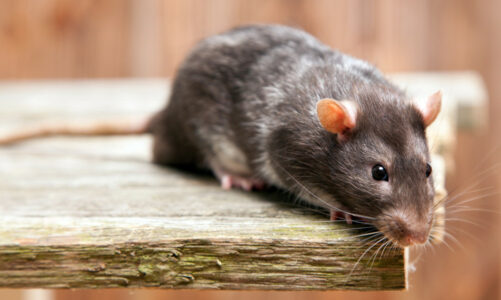Dryers are indispensable appliances in modern households, providing a convenient way to dry clothes quickly and efficiently. However, like any mechanical device, dryers can experience issues or malfunctions over time. In this comprehensive guide to dryer repair, we will explore common problems, troubleshooting techniques, maintenance tips, appliance repair and solutions to help you keep your dryer in optimal working condition.
Understanding Dryer Components:
Before delving into repair and maintenance, it’s essential to understand the basic components of a dryer:
Drum: The drum is the large, rotating cylinder inside the dryer where clothes are placed for drying.
Heating Element or Gas Burner: The heating element or gas burner generates heat to dry the clothes. Electric dryers use heating elements, while gas dryers utilize gas burners.
Blower Fan: The blower fan circulates hot air through the drum, expelling moisture from the clothes.
Thermostat: The thermostat regulates the temperature inside the dryer to prevent overheating. Some dryers have multiple thermostats to control different temperature settings.
Timer or Control Panel: The timer or control panel allows users to select drying cycles, set timer durations, and adjust temperature settings.
Common Dryer Problems and Solutions:
Dryer Not Heating:
Possible Causes: Faulty heating element, defective thermostat, malfunctioning gas igniter (for gas dryers), or clogged dryer vent.
Solution: Check the heating element for continuity using a multimeter and replace if defective. Test the thermostat and gas igniter (if applicable) and replace as needed. Clean the dryer vent to ensure proper airflow and prevent overheating.
Dryer Not Tumbling:
Possible Causes: Broken drive belt, faulty motor, or malfunctioning idler pulley.
Solution: Inspect the drive belt for signs of wear or damage and replace if necessary. Test the motor and idler pulley for proper functioning and replace if defective.
Dryer Overheating:
Possible Causes: Restricted airflow due to lint buildup, malfunctioning thermostat, or damaged heating element.
Solution: Clean the dryer vent and lint trap to improve airflow. Test the thermostat for accuracy and replace if faulty. Check the heating element for damage or hot spots and replace if needed.
Dryer Making Loud Noise:
Possible Causes: Worn drum rollers, damaged blower fan, or worn idler pulley.
Solution: Inspect the drum rollers, blower fan, and idler pulley for signs of wear or damage and replace as necessary. Lubricate moving parts to reduce friction and noise.
Dryer Maintenance Tips:
Clean the Lint Trap: After every dryer repair, clean the lint trap to prevent lint buildup and ensure proper airflow.
Inspect the Dryer Vent: Periodically inspect the dryer vent for obstructions or clogs and clean as needed to prevent overheating and fire hazards.
Check the Drum Seal: Inspect the drum seal for signs of wear or damage and replace if necessary to prevent leaks and improve drying efficiency.
Clean the Interior: Remove accumulated lint and debris from the dryer drum, drum rollers, and interior surfaces to maintain optimal performance.
Schedule Professional Maintenance: Consider scheduling annual maintenance appointments with a qualified technician to inspect and service your dryer for optimal performance and safety.
Frequently Asked Questions (FAQs)
What is appliance repair?
Appliance repair refers to the process of diagnosing, troubleshooting, and fixing issues or malfunctions in household appliances such as refrigerators, washing machines, dryers, ovens, dishwashers, and more.
Why is appliance repair important?
Appliance repair is important for maintaining the functionality, efficiency, and safety of household appliances. Timely repairs can prevent breakdowns, extend appliance lifespan, and ensure safe operation.
What types of appliances can be repaired?
A wide range of household appliances can be repaired, including refrigerators, washing machines, dryers, dishwashers, ovens, stoves, microwaves, air conditioners, heaters, and more.
Conclusion:
Dryer repair doesn’t have to be daunting with the right knowledge and resources. By understanding the components, identifying common problems, and following maintenance tips and solutions outlined in this guide, you can troubleshoot and address issues with your dryer effectively. Remember to prioritize safety, use proper tools and techniques, and seek professional help when needed to ensure the continued functionality and longevity of your dryer for years to come.



